How to Do Internal Linking the Right Way
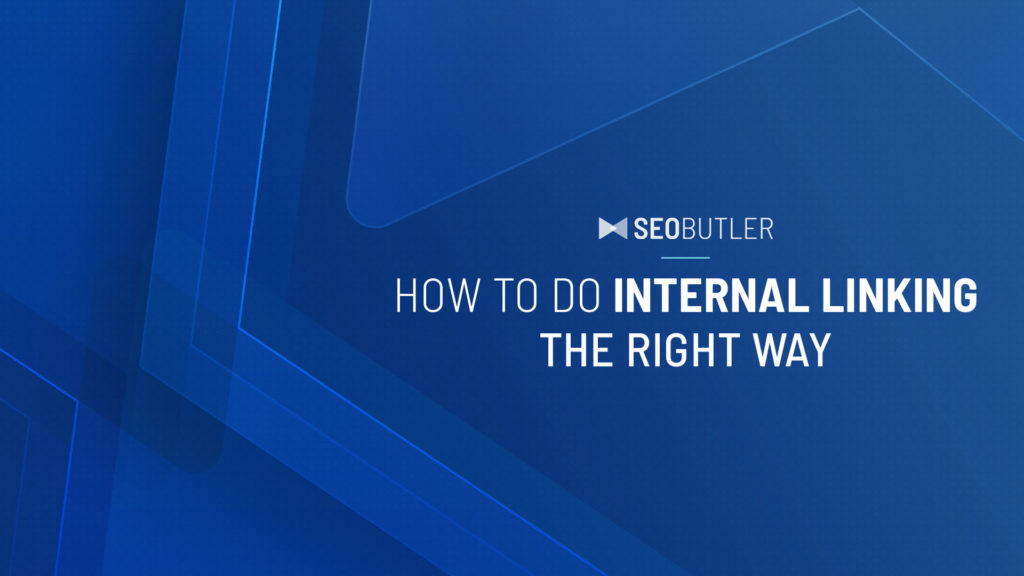
Internal linking is enjoying renewed attention in the SEO world nowadays, and with good reason.
As far as on-page ranking factors, linking within your site pages is a relatively easy task.
However, approaching this task strategically is something that hasn’t been widely discussed — until now.
In this post, I’ll outline an effective internal linking strategy to help you move the SEO needle.
“Internal linking is how Google understands the relevancy between different pages on your site, and how you can pass juice from a page with backlinks to pages that haven’t gained any.
Googles algorithm is also way more lenient with optimization around anchor text internally. You can get away with much more keyword focused internal linking than you would with your link building efforts.
Anyone not actively optimizing internal links is letting their competitors one up them for nothing.” Charles Floate
TABLE OF CONTENTS
Find Your Power Pages and Link Down
Adopt Orphaned Pages
Develop Virtual Silos or Topic Clusters
Choosing the Right Anchor Text
Limit Internal Links
Replace Broken Internal Links
Reduce Click Depth to Important Pages
Wrapping It Up
Find Your Power Pages and Link Down
The best way for you to get started with internal linking is by determining which pages are getting the most traffic on your site — your “power pages” — then uncover which keywords they’re ranking for.
Power pages play a crucial role in your internal linking strategy.
Once you determine your power pages, you can link out to the other pages on your site to drive more traffic.
You can also achieve higher SERP rankings by linking to internal pages related to your power pages.
More on that later…
When it comes to keywords, you want to determine the search queries users entered to find the power page — then use them to find related pages on your site to link to.
Get started by logging into your Google Analytics (GA) and going to Behavior > Site Content > All Pages.
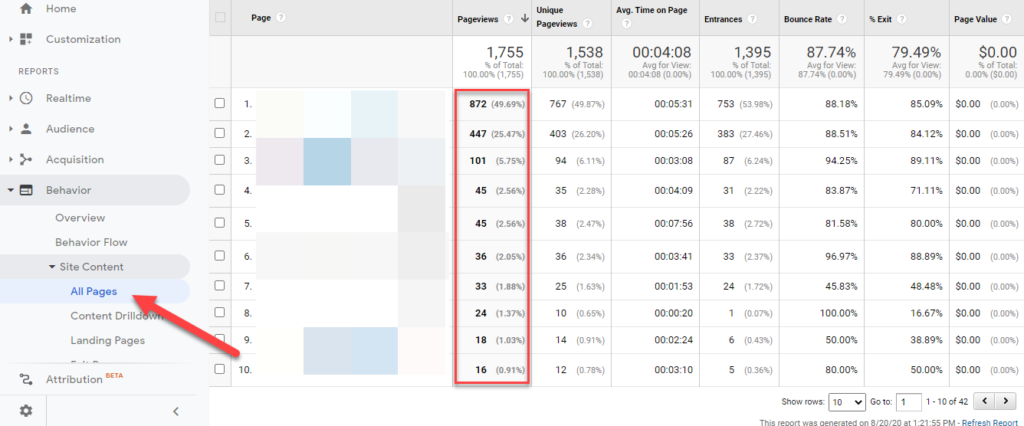
Initially, the results show you the top 10 pages with the most traffic for the week.
You can adjust the search parameters to show you the top pages in a month or using a custom date range.
In general, the pages receiving the most traffic are your power pages.
You can then filter the view in GA by “choosing a segment” at the top of the page, and removing “all users” as an option, while adding “organic traffic”. This will highlight all users that came from google.
Unfortunately, this method doesn’t reveal which keywords the visitors used to find the pages on Google but you can solve this by heading over to Google Search Console (GSC) and selecting Performance.
Scroll down to see what search queries your visitors entered to find the page on Google.
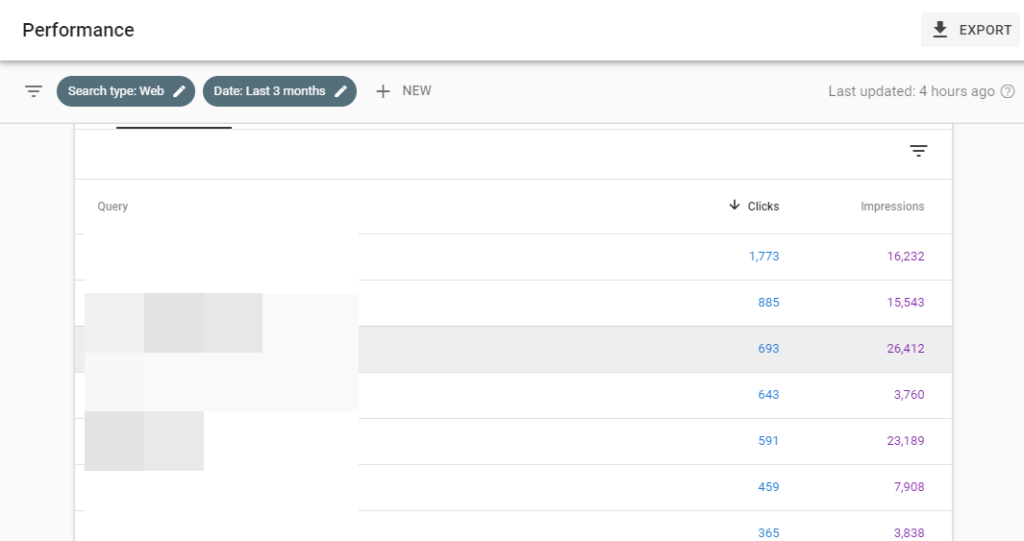
Then correlate the queries with the most clicks and impressions and the pages with the most unique visits.
One issue you might encounter using this method is having multiple keywords on GSC for the same page on GA.
That could mean sifting through hundreds and thousands of queries to determine the page on your site the keywords are optimized for.
To make your job easier, you can use Ahrefs.
Ahrefs doesn’t draw live data from Google itself, but it has the most extensive link and keyword database among all SEO tools available.
Using Ahrefs, go to Top pages under Organic search — this shows you which pages are getting the most traffic.
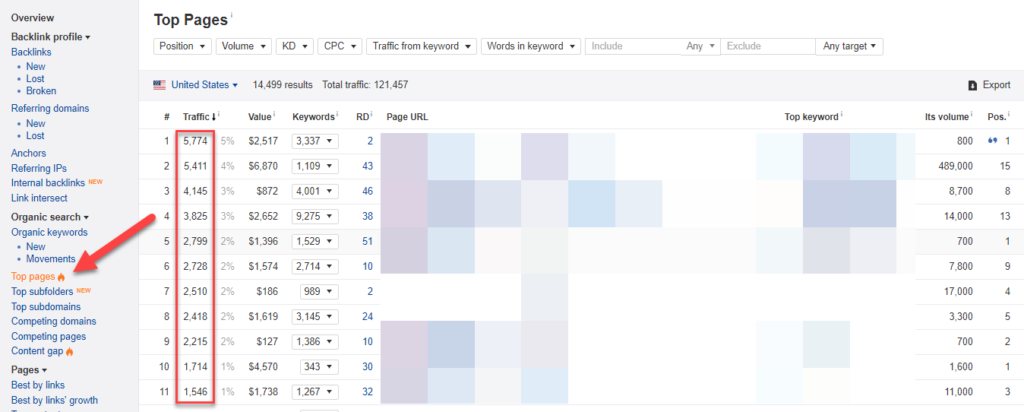
You can also see which keywords drive the most traffic to each page by clicking on the drop-down menu to display them.
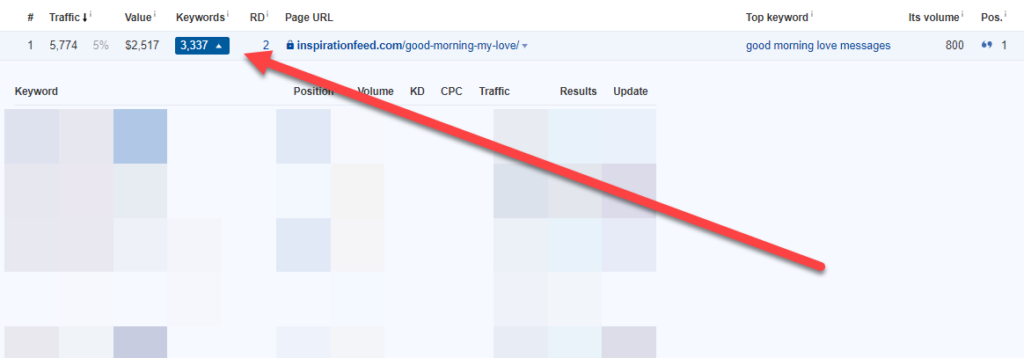
Follow these steps, and you’ll have a clear overview of the pages driving organic traffic to your website.
Later, you’ll use your power pages to build your virtual silos.
They’ll serve as “anchors” linking out to other pages on your site — helping them generate additional traffic and hopefully increasing their organic rankings.
Adopt Orphaned Pages
Have you ever published pages on your site that don’t rank in organic search?
One possible reason is because none of the other pages on your site link to them.
As a result, your site’s link juice doesn’t trickle down to these pages, which leads to poor performance on SERPs.
Adopting these “orphaned pages” is in your best interest, particularly if they can help drive conversions on your site.
To view your orphaned pages on Ahrefs, use the Site Audit feature.
While Ahrefs does a good job, Link Whisper is a far superior solution for building internal links.
Link Whisper is a WordPress plugin that helps you build internal links for each post easily.
You’ll find this plugin very useful for internal linking strategically.
To search for orphaned pages, access Link Whisper from your dashboard.
Click on Reports then go to the Links Report tab to see all your pages and data about their internal links.
Organize Inbound internal links in ascending order to show pages without links pointing to it.
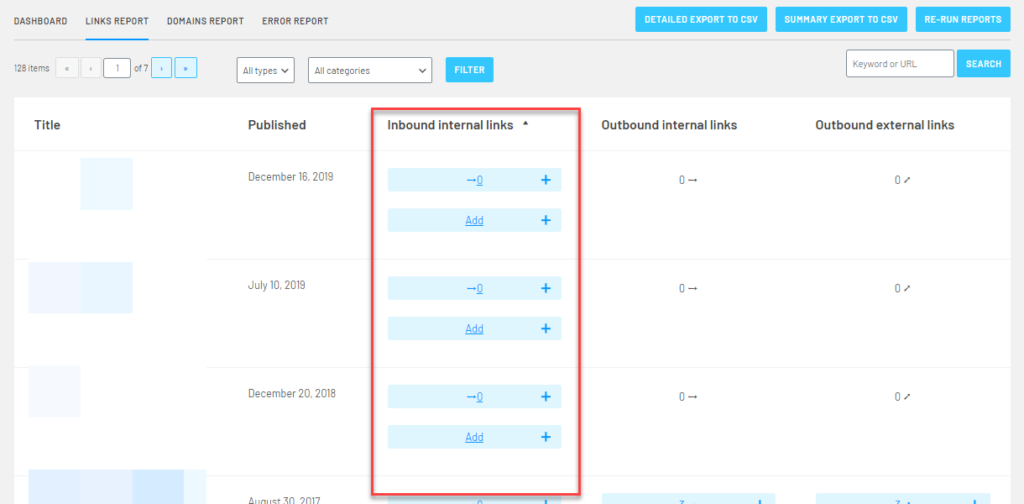
Take note of orphaned pages that your power pages can naturally link to.
I’ll explain why in the next section.
Develop Virtual Silos or Topic Clusters
Once you complete the steps above, you can begin implementing your internal linking strategy.
Start by developing virtual silos or topic clusters.
Virtual silos are groups of interrelated pages linking out to each other in a strategic manner.
Here’s a visual representation of what a silo looks like:
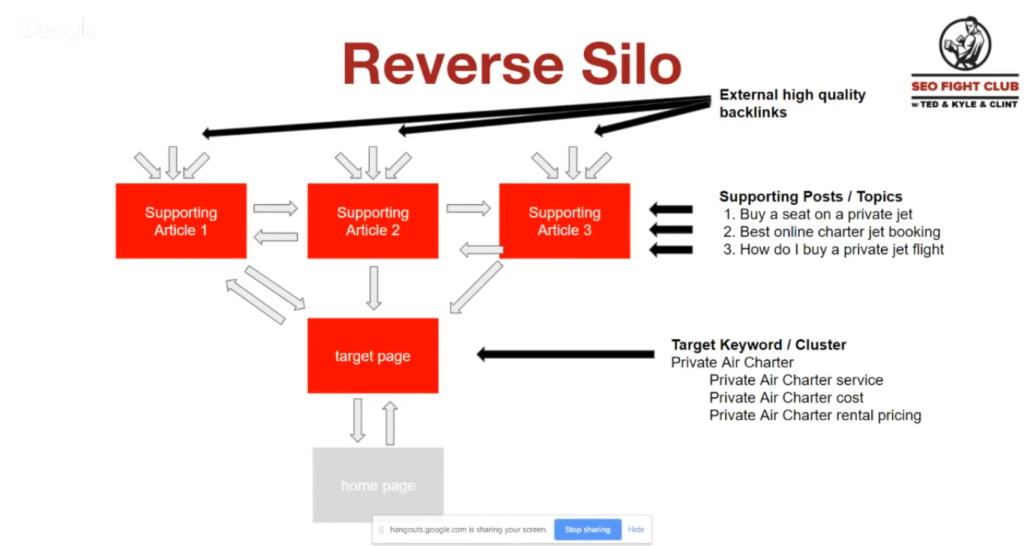
In this reverse virtual silo example, all the supporting pages link to the target page.
The supporting pages take a more strategic approach when linking to one another.
Here, supporting page 2 links to supporting pages 1 and 3, but supporting pages 1 and 3 don’t.
Also, the target page only links to supporting page 1.
This structure allows the flow of link juice across all pages in the silo. But it also concentrates the link juice of the target page and helps it rank even higher.
That said, you don’t want to link out from your silo as it dilutes the link juice that flows across the pages of each silo.
“The pages that I use for a virtual silo only exist to support one target page.
Not every page in your site needs to be part of a silo but it’s a good practice to create pages that only live to be silo supporting pages.” Kyle Roof
Topic clusters take a similar approach but have different linking structures.

In the image above, a typical topic cluster has the target page in the middle surrounded by supporting pages, all of which link to the target page.
Unlike the virtual silo, the supporting pages don’t link to each other.
Also, the target page links back to all of its supporting pages.
Regardless of which method you use for your internal linking strategy, the message is clear: you must group related posts together to help indicate to Google how they interact within your site.
By linking semantically related posts with each other, we build a more powerful and relevant topical cluster for visitors. In doing so, you help search spiders connect the dots about the topic of each content.
This internal structure increases your chances for all the pages in your silo to rank on organic search.
In summary, using the information you collected about orphan and power pages, dedicate the top-performing pages as the target pages of your silo.
The supporting pages could be related pages on your site optimized for long-tail keywords and orphaned pages talking about the same topic.
Choosing the Right Anchor Text
When linking out to pages in your clusters, you must consider the anchor text to use for each link.
Ideally, you want to use exact match anchor text when linking to a page you’re trying to rank for the target keyword.
However, overdoing exact match anchors on your website is a dead giveaway to Google that you’re trying to game the search engine.
Because of this red flag, you must vary the anchor text pointing to the power page.
One trick I use is to add a few words before and/or after the exact match anchor text to create a partial match variation.
I even move around the order of the exact match anchor text to mix things up.
For example, for the keyword “best coffee maker,” here are some anchor text variations I’ll use:
- Article about the best coffee maker
- Which coffee maker is the best for you?
- The best coffee maker money can buy…
Each anchor text variation should fit the context of the article.
As long as it “makes sense” to someone reading the article, then you’re good to use it.
Unlike link building, where you have to worry about which anchor text type was used, the same doesn’t apply to internal links.
Link builders often prepare a spreadsheet compiling the anchor texts linking to their money pages from different sites.
It’s a time-consuming yet necessary process to ensure that the links you build appear organic and avoid over-optimization.
When it comes to internal linking, you don’t have to get so deep into the weeds.
What’s crucial is to link out to relevant pages on your site regardless of the anchor text ratio.
If you feel like also linking out to relevant internal pages outside of their respective silos or clusters adds value to the article, then feel free to do so.
But keep in mind that this is advisable only if your site has authority — meaning it has many backlinks and ranks for multiple keywords.
For starter sites, it’s best to stick within your clusters so as not to confuse Google.
For more guidelines about anchor text optimization, read this excellent guide by Matt Diggity.
It discusses anchor texts in relation to link building, but the same principles apply here.
“How well sites interlink is often a make-or-break difference that separates the best websites from the rest.
We’re working on a couple of sites that are approaching the “beast mode” level and we’ve done our research.
Huge sites that interlink well do much better than huge sites that don’t.If you don’t believe me, check out how many internal links Gear Hungry’s “best coffee maker” article has (8-figure exit, btw).” Matt Diggity
Limit Internal Links
As well as building silos and clusters, you can also audit the pages on your site to ensure that your strategy is consistent across the board.
Start by uncovering which pages have more than enough internal links.
Using Link Whisper again, let’s do the opposite of finding orphaned pages.
Organizing the inbound internal links column in descending order will show you pages with the most inbound links.
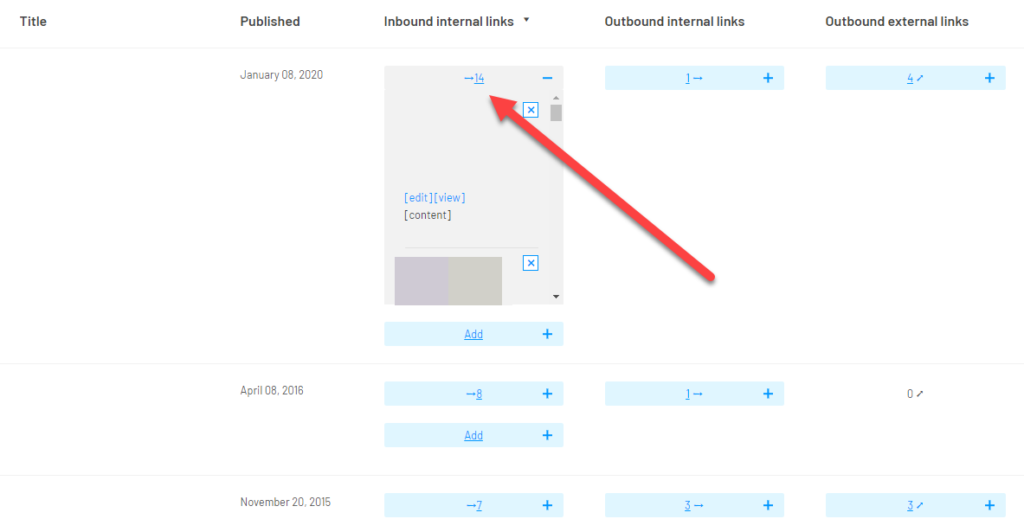
From here, you can see if you’re linking outside your cluster, silo, or category.
If possible, remove these links and replace them with links from their respective clusters.
As mentioned earlier, keeping as much link juice on each of your silos — especially your target pages — is your main priority.
Don’t link out outside of the cluster — the links indicate the semantic relationship of the pages in the grouping.
Following the reverse silo method outlined above is a great way to keep the link juice flowing to related posts without linking out to non-related pages on your site.
At the same time, you may want to consider limiting your outbound links.
Just like with inbound internal links, you can organize your outbound external links from the same page to show you those with the most links pointing away from your site.
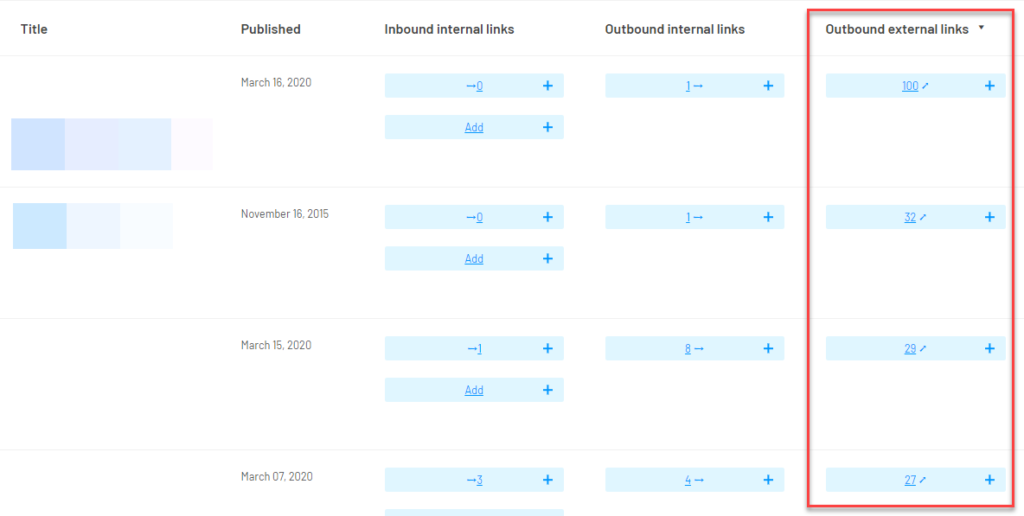
Where possible, replace the external links with internal links from your cluster.
However, there are cases when removing external links from the post is out of the question, i.e., roundup posts with backlinks to sites of featured tools or people or instances where an industry authority is referenced.
Replace Broken Internal Links
Broken pages make crawling and indexing your site much harder for search spiders.
If your site is big, your crawl budget may be spent on these pages, leaving your working pages uncrawled.
Also, from a user experience perspective, clicking on a link to a broken internal page might cause visitors to leave your site, never to return.
If your site has been around for a while, your page’s URLs may have changed for several reasons.
That’s normal, but it’s critical to identify non-working URLs and replace them with either the current URL or a link to a related page on your site.
You can see this using Ahrefs by navigating to “Best by links” in the Pages menu, opening the HTTP Code drop-down menu, and selecting 404 not found.
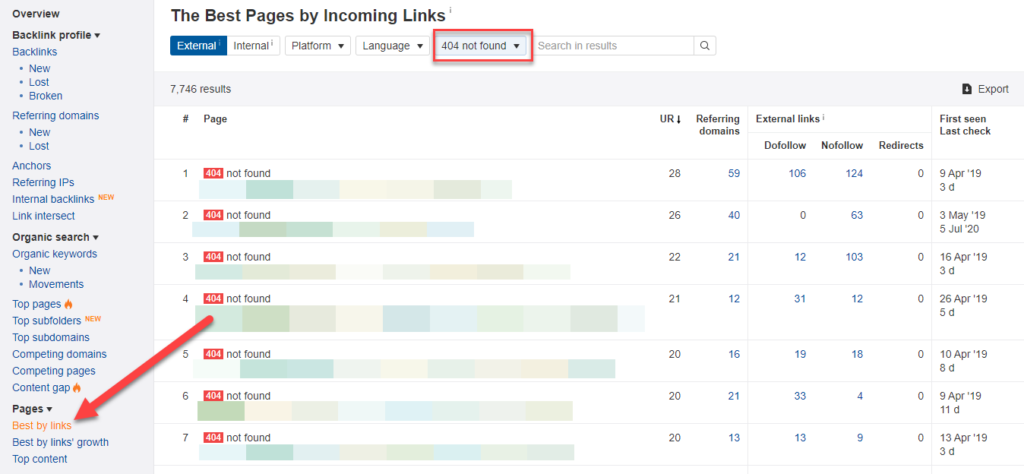
This shows you all your broken pages.
From here, use Link Whisper to identify pages linking to the broken URLs on the site and replace them.
Reduce Click Depth to Important Pages
Click depth helps indicate to Google the value of each page on your site.
Click depth is determined by the number of clicks it takes for visitors to get to the page from the homepage.
The deeper the click depth of a page, the less importance Google gives it.
As a result, these pages have a lower chance of ranking for their respective target keywords.
A well-structured internal linking strategy can help lower click depth — and the best way to proceed with this is to visualize the current internal links your site has.
You can view this on Ahrefs using its Site Audit feature.

Screaming Frog SEO Spider is another audit tool you can use to analyze your site for issues preventing it from performing better on organic search.
To improve the internal linking, use Screaming Frogs Crawl Tree Graph view.

Your goal is to make all the pages as close to the homepage as possible.
Of course, click depth is dependent on the type of site you have.
For example, ecommerce sites tend to have deep click depths because of each product’s categories and subcategories.
Using the Crawl Tree Graph should help give you ideas on improving the click depth of your site.
By doing so, you make your priority pages much easier to crawl and rank.
Be sure to integrate important pages with high click depth as part of your topic clusters or reverse silos.
Wrapping It Up
The process above should help give you an idea of how to develop your internal linking strategy.
The tools featured above aren’t the only ones that can help you achieve an effective internal linking strategy.
You need to find the tools and process that work best for you.
Ultimately, there’s no excuse for you not to do internal linking.
Unlike some other elements of SEO, you have full control of how your pages link to each other — it’s just a matter of pulling it altogether.
Your UX and rankings will almost certainly benefit.
[cta] [author_bio image=”https://seobutler.com/wp-content/uploads/2020/10/Florian-Kluge.png” name=”FLORIAN KLUGE”]Florian is the head of SEO at SEOButler, where he helped building and scaling the agency from the ground up. You can follow him on Twitter (@FlorianKluge).[/author_bio]
One thought on “How to Do Internal Linking the Right Way”
Leave a Reply
You must be logged in to post a comment.
Great article. I learned a few great tips for linking from power pages.